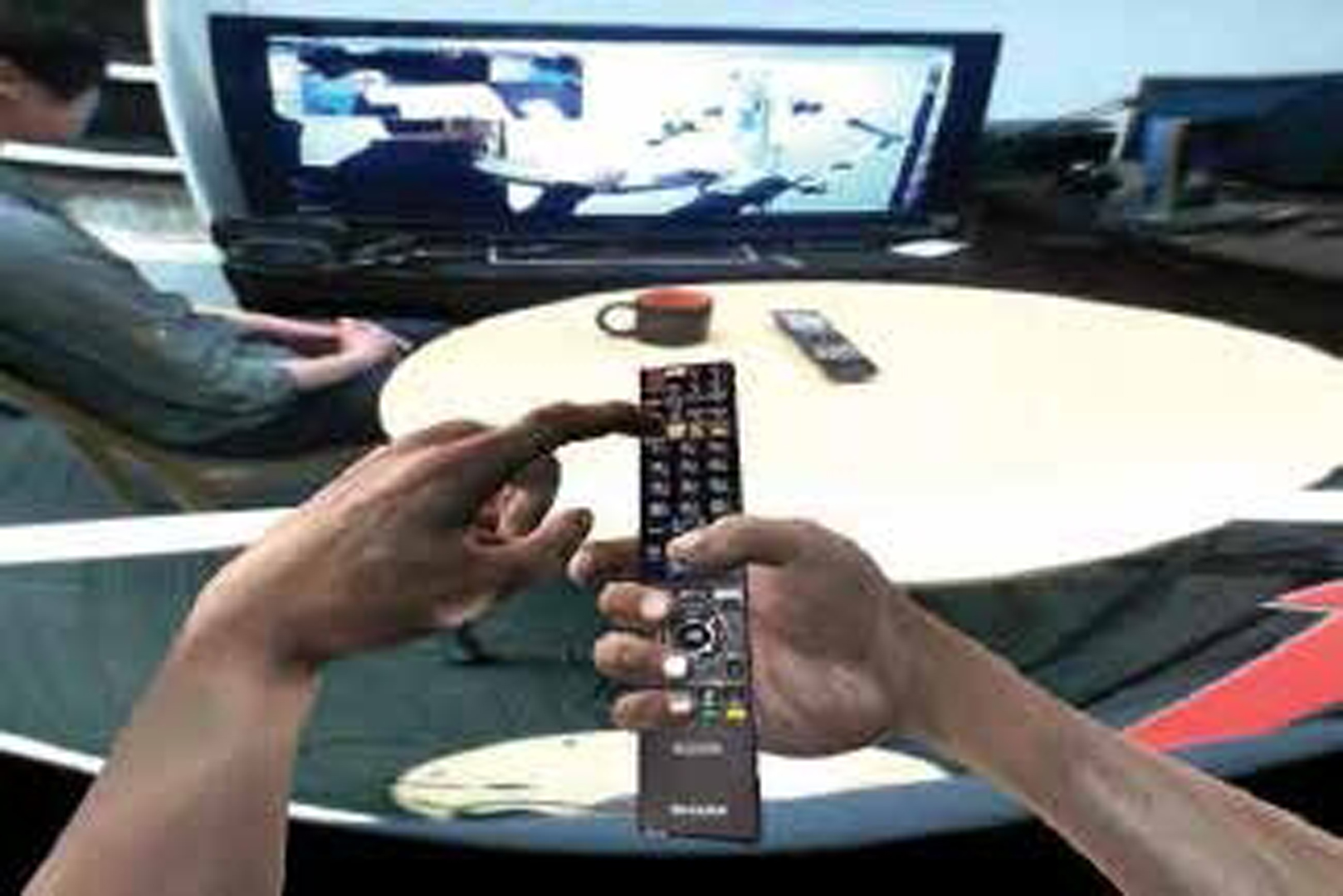“Enforced Telexistence: Teleoperating Using Photorealistic Virtual Body and Haptic Feedback”
Conference:
Experience Type(s):
Title:
- Enforced Telexistence: Teleoperating Using Photorealistic Virtual Body and Haptic Feedback
Organizer(s)/Presenter(s):
Description:
Telexistence [Tachi 2010] systems require physical limbs for remote object manipulation [Fernando et al. 2012]. Having arms and hands synchronized with voluntary movements allows the user to feel robot’s body as his body through visual, and haptic sensation. In this method, we introduce a novel technique that provides virtual arms for existing telexistence systems that does not have physical arms. Previous works [Mine et al. 1997; Poupyrev et al. 1998; Nedel et al. 2003] involved the study of using virtual representation of user hands in virtual environments for interactions. In this work, the virtual arms serves for several interactions in a physical remote environment, and most importantly they provide the user the sense of existence in that remote environment. These superimposed virtual arms follows the user’s real-time arm movements and reacts to the dynamic lighting of real environment providing photorealistic rendering adapting to remote place lighting. Thus, it allows the user to have an experience of embodied enforcement towards the remote environment. Furthermore, these virtual arms can be extended to touch and feel unreachable remote objects, and to grab a functional virtual copy of a physical instance where device control is possible. This method does not only allow the user to experience a non-existing arm in telexistence, but also gives the ability to enforce remote environment in various ways.
References:
[1]
Debevec, P. 2002. Image-based lighting. IEEE Computer Graphics and Applications 22, 2, 26–34.
[2]
Fernando, C. L., Furukawa, M., Kurogi, T., Hirota, K., Kamuro, S., Sato, K., Minamizawa, K., and Tachi, S. 2012. Telesar v: Telexistence surrogate anthropomorphic robot. In ACM SIGGRAPH 2012 Emerging Technologies, ACM, Los Angeles, CA, USA, SIGGRAPH ’12, 23:1–23:1.
[3]
Minamizawa, K., Fukamachi, S., Kajimoto, H., Kawakami, N., and Tachi, S. 2007. Gravity grabber: wearable haptic display to present virtual mass sensation. In ACM SIGGRAPH 2007 emerging technologies, ACM, 8.
[4]
Mine, M. R., Brooks Jr, F. P., and Sequin, C. H. 1997. Moving objects in space: exploiting proprioception in virtual-environment interaction. In Proceedings of the 24th annual conference on Computer graphics and interactive techniques, ACM Press/Addison-Wesley Publishing Co., 19–26.
[5]
Nedel, L. P., Freitas, C. M. D. S., Jacob, L. J., and Pimenta, M. S. 2003. Testing the use of egocentric interactive techniques in immersive virtual environments. In INTERACT.
[6]
Poupyrev, I., Ichikawa, T., Weghorst, S., and Billinghurst, M. 1998. Egocentric object manipulation in virtual environments: empirical evaluation of interaction techniques. In Computer Graphics Forum, vol. 17,Wiley Online Library, 41–52.
[7]
Tachi, S. 2010. Telexistence. World Scientific.





